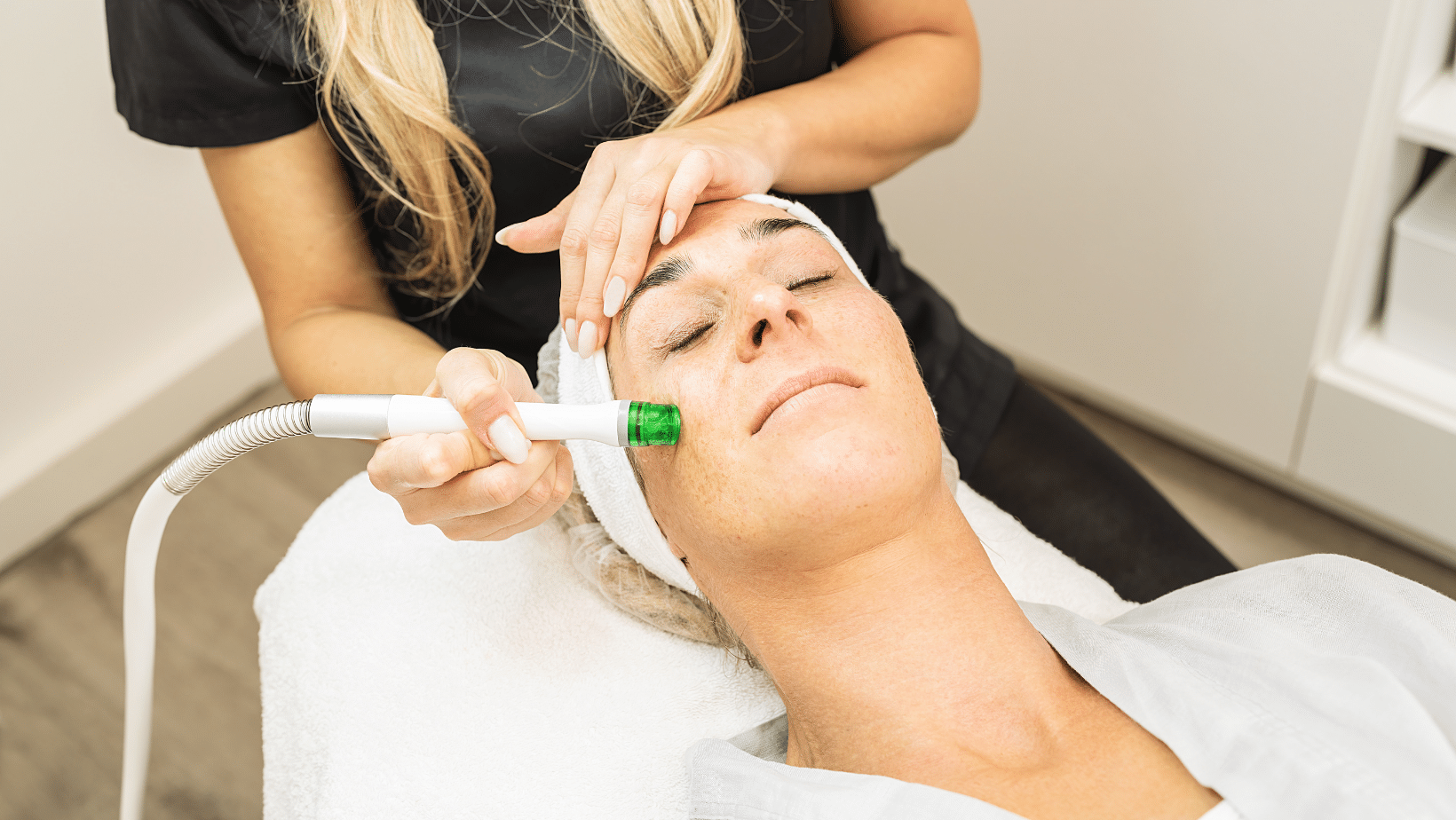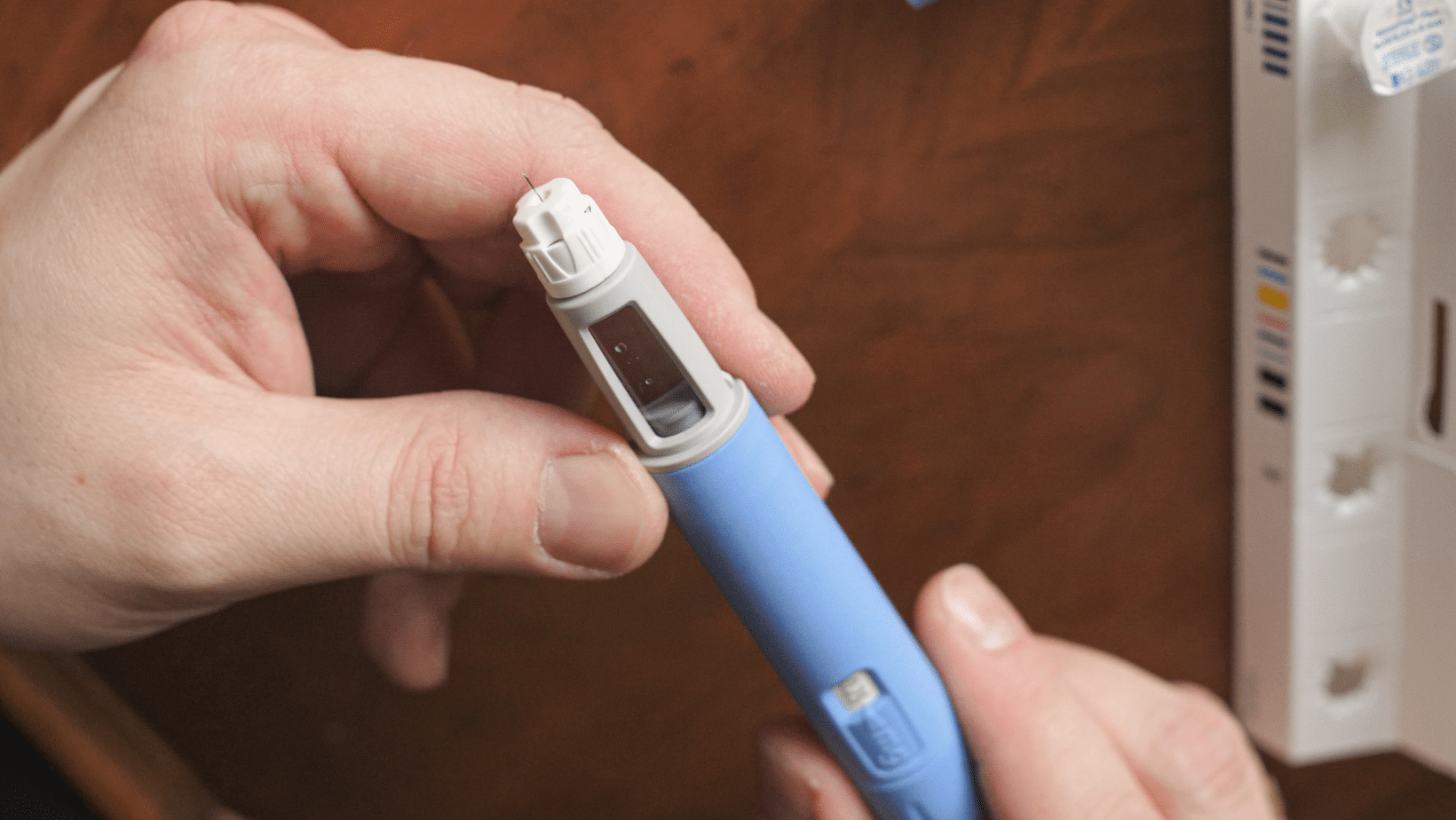Welcome to the world of Hydrafacials, a groundbreaking approach in skincare that has revolutionized the way we perceive facial treatments. In our quest for flawless, radiant skin, we often find ourselves asking: “How many Hydrafacials are needed to see results?” This question is pivotal for anyone considering this treatment, as it addresses expectations and guides us in our skincare journey.
Hydrafacials stand out in the beauty industry for their unique blend of efficacy and indulgence. Unlike traditional facials, they offer a deep cleansing and rejuvenating experience that caters to various skin types and concerns. This advanced treatment, which integrates cleansing, exfoliation, extraction, and hydration, has gained a reputation for providing noticeable results in a relatively short period. But the question remains, how many sessions are needed to achieve these coveted results?
This blog is dedicated to unraveling the mystery behind Hydrafacials and their effectiveness. We will delve into what Hydrafacials are, the factors influencing the results you can expect, the average number of treatments typically required, and how to maximize and maintain these results. Our goal is to provide you with a comprehensive guide, allowing you to make an informed decision about whether Hydrafacials are the right choice for you.
Join us as we explore the nuances of Hydrafacials, backed by expert opinions and real-life experiences. Whether you are new to the concept or considering booking your next session, this blog will equip you with all the information you need to embark on your Hydrafacial journey with confidence.
What is a Hydrafacial?
A Hydrafacial is not just a luxury; it’s a necessity for anyone seeking a comprehensive skincare treatment that caters to various skin concerns. At its core, a Hydrafacial is a patented skin treatment available in medical spas and dermatology offices. It’s also sometimes referred to as “hydradermabrasion” because it involves a mechanized wand used on your skin to deeply clean, exfoliate, and hydrate it.
The Hydrafacial Process:
The magic of a Hydrafacial lies in its three-step process: cleanse + peel, extract + hydrate, and fuse + protect. This multi-step approach ensures a thorough skin rejuvenation experience.
Cleanse + Peel: This first step involves uncovering a new layer of skin with gentle exfoliation and relaxing resurfacing. It’s designed to remove dead skin cells and excess sebum from the skin’s surface, preparing the skin for the following steps.
Extract + Hydrate: Utilizing painless suction, the Hydrafacial device removes debris from pores. This is followed by intense moisturization, infusing the skin with antioxidants and peptides to nourish and hydrate.
Fuse + Protect: The final step saturates the skin’s surface with antioxidants and peptides to maximize glow and protect.
The Benefits:
Hydrafacials are lauded for their wide array of benefits. They are particularly effective in improving overall skin texture, tone, and appearance. This treatment is known for addressing a variety of skin concerns, including:
- Fine lines and wrinkles
- Elasticity and firmness
- Even tone and vibrancy
- Skin texture
- Brown spots
- Oily and congested skin
- Enlarged pores
One of the key advantages of a Hydrafacial is its suitability for all skin types. Whether you have sensitive skin or are prone to acne, this treatment can be customized to suit your specific needs. Additionally, the lack of downtime makes it an attractive option for those with busy lifestyles.
Tailoring the Treatment:
Another aspect of Hydrafacials that stands out is the ability to tailor the treatment to individual skin needs. Various boosters can be added to the treatment, targeting specific skin concerns like brightness, hydration, or anti-aging.
In conclusion, a Hydrafacial is more than just a facial. It’s a comprehensive, non-invasive treatment that offers a multitude of benefits for various skin types and concerns. Its popularity stems from its ability to provide consistent, visible results, and a relaxing, rejuvenating experience.
Factors Affecting Hydrafacial Results
Understanding the factors that influence the outcomes of Hydrafacial treatments is crucial for setting realistic expectations and achieving optimal results. Various individual and treatment-related elements come into play, each contributing to how your skin responds to Hydrafacial sessions.
Individual Skin Type and Condition:
The condition and type of your skin are perhaps the most significant determinants of how quickly and effectively you’ll see results from Hydrafacial treatments. Here’s how they impact:
Skin Type: Whether your skin is oily, dry, combination, sensitive, or acne-prone, Hydrafacials can be tailored to your specific needs. However, the initial condition of your skin may dictate the number of sessions needed to achieve desired results.
Skin Concerns: For clients with concerns like deep wrinkles, significant hyperpigmentation, or severe acne, more sessions might be required compared to those with milder issues.
Lifestyle and Skincare Routine:
Your daily habits and skincare routine play an integral role in not just the health of your skin but also how it responds to treatments like Hydrafacials.
Diet and Hydration: A balanced diet rich in antioxidants and proper hydration can enhance the results of your treatments.
Sun Exposure: Protecting your skin from excessive sun exposure is crucial, as UV rays can counteract the benefits of Hydrafacials.
Consistent Skincare: Adhering to a regular skincare regimen, especially one recommended by your aesthetician, can extend and improve the results of your Hydrafacial treatments.
Frequency of Treatments:
The frequency of your Hydrafacial sessions is a key factor in how quickly you’ll see improvements.
Initial Series of Treatments: Typically, aestheticians recommend starting with a series of treatments (often once a month) to kickstart the skin’s rejuvenation process.
Maintenance Treatments: After the initial series, maintenance treatments (possibly at longer intervals) are crucial to sustain and enhance the results.
Professional Expertise:
The skill and experience of the professional performing the Hydrafacial can significantly affect outcomes. Experienced aestheticians can customize the treatment to your specific needs, enhancing effectiveness.
Environmental Factors:
External factors like climate and pollution levels can impact the skin’s health and its response to Hydrafacial treatments. Tailoring the treatment to address these external factors can be beneficial.
In summary, the number of Hydrafacials needed to see results varies widely among individuals. It’s dependent on a combination of skin type, condition, lifestyle habits, treatment frequency, and professional expertise. By understanding these factors, you can set realistic expectations and work towards achieving the best possible outcomes from your Hydrafacial treatments.
Average Number of Hydrafacials for Visible Results
When it comes to the effectiveness of Hydrafacial treatments, a common question is: how many sessions are required to see visible results? This section aims to provide a general guideline while emphasizing that individual experiences may vary.
General Guidelines:
Based on typical experiences and expert recommendations, a series of sessions is often necessary to achieve optimal results. Here’s a breakdown:
Initial Phase: For most individuals, starting with a series of Hydrafacial treatments, typically one session every four weeks, is advised. This initial phase focuses on addressing specific skin concerns and establishing a baseline for improvement.
Visible Improvements: After the first few treatments, many clients report seeing noticeable changes in their skin’s texture, tone, and overall appearance. These improvements include reduced visibility of fine lines, clearer skin, and a more radiant complexion.
Customization and Frequency:
The number of treatments needed can be influenced by how the Hydrafacial is tailored to individual skin needs.
Customized Approach: Depending on your specific skin concerns and goals, the aesthetician might suggest a customized treatment plan. For example, those targeting acne or hyperpigmentation might need a different approach compared to someone focusing on anti-aging.
Ongoing Maintenance: After achieving initial results, maintenance sessions are recommended. The frequency of these maintenance treatments can be spaced out further, such as every six to eight weeks, depending on your skin’s response and your aesthetic goals.
Expert Opinions and Studies:
Consultations with skincare professionals and studies on Hydrafacial efficacy reinforce the idea that consistency is key. Regular treatments yield cumulative benefits, leading to longer-lasting and more pronounced results.
In conclusion, while the exact number of Hydrafacial sessions needed to see results varies, a consistent treatment plan is essential. Starting with an initial series of monthly treatments and continuing with regular maintenance sessions can lead to significant improvements in skin health and appearance. It’s always best to consult with a professional to get a tailored treatment plan that aligns with your specific skincare needs and goals.
Maximizing Results and Aftercare
To fully reap the benefits of Hydrafacial treatments, understanding the importance of maximizing results and proper aftercare is essential. This section outlines tips and guidelines to enhance and maintain the outcomes of your Hydrafacial sessions.
Enhancing Hydrafacial Effectiveness:
Pre-Treatment Care: Preparing your skin for the Hydrafacial can start a few days before your appointment. Avoid using any harsh products or undergoing other skin treatments that may irritate your skin.
Tailored Treatments: Work with your aesthetician to customize your Hydrafacial to your skin’s needs. This may involve incorporating specific serums or boosters targeting your unique skin concerns.
Consistent Scheduling: Adherence to the recommended schedule of treatments is key. Regular Hydrafacials help maintain skin health and amplify results.
Aftercare Tips:
Post-Treatment Skincare: After a Hydrafacial, keep your skincare routine gentle. Avoid using exfoliating agents or retinoids for a few days to allow your skin to recover.
Sun Protection: Sunscreen is a must. Protecting your skin from UV rays is crucial, especially after treatments that make your skin more sensitive to sunlight.
Healthy Lifestyle Choices: Maintaining a healthy diet, staying hydrated, and managing stress contribute significantly to skin health and can enhance the benefits of your Hydrafacial treatments.
Long-Term Skin Health:
Regular Hydrafacials, combined with a solid skincare routine and healthy lifestyle choices, contribute to long-term skin health and vitality. Over time, you may notice sustained improvements in your skin’s appearance, texture, and overall health.
In summary, maximizing the results of Hydrafacial treatments involves a combination of tailored treatments, consistent care, gentle aftercare, and healthy lifestyle choices. By following these guidelines, you can ensure that the benefits of your Hydrafacial sessions are not only visible but also lasting.
Conclusion
In conclusion, Hydrafacial treatments offer a unique and effective solution for various skin concerns, providing noticeable improvements in skin texture, tone, and overall health. While the number of sessions needed to see results varies from person to person, a consistent approach and tailored treatment plan are key. Remember, the journey to healthier, more radiant skin doesn’t stop at the spa – your lifestyle choices and skincare routine play a vital role in maintaining and enhancing the results. We invite you to experience the transformative power of Hydrafacials at Triad Aesthetics, where our expert team is dedicated to helping you achieve your skincare goals. Book your consultation today and take the first step towards vibrant, rejuvenated skin.




